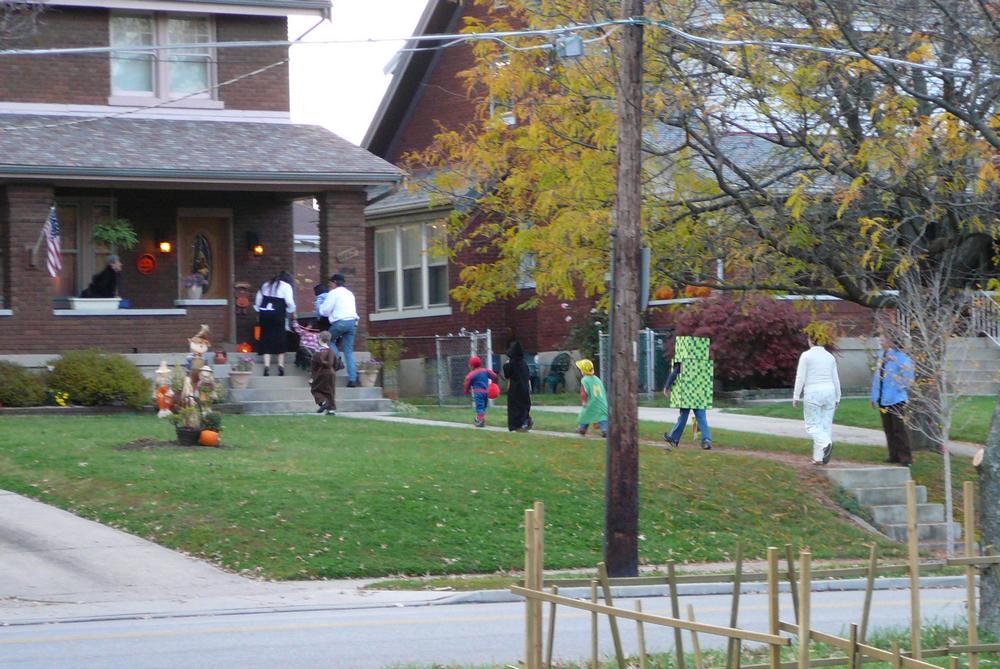Like the saying “Spring has sprung,” one could also say that, by October, “Fall has fallen.” It’s early October. That means Halloween is right around the corner. So is the tradition of trick or treating. Like all public activities involving children, wise parents take certain precautions during this autumn ritual. Here are 7 trick or treat safety tips for parents that can prove very useful for protecting precious little ghouls and goblins.
Origins of Trick or Treating
Trick or treating has been widely practiced in North America since the 1920s. In Europe, trick or treating dates back centuries. It’s thought to have originated as part of a Celtic festival to mark the beginning of Winter. Almost all human cultures have some kind of ritualized ceremony that recognizes those who’ve passed on. Halloween likely has pre-Christian roots, and is grounded in early superstition that the souls of the dead wander the earth and must be appeased.
There are many positives about this ancient Fall practice. First of all, it’s just plain fun. Who doesn’t like dressing up as an alter ego and getting rewarded for it? It also helps build community and strengthen social bonds within neighborhoods. And, because candy. At the same time, parents are naturally cautious when it comes to their little ones. That’s a good thing. Here are 7 useful trick or treat safety tips for parents.
7 Trick or Treat Safety Tips Parents Might Find Useful
- Identification — It’s unlikely that children will get lost while trick or treating. But just to be safe, consider sewing an ID tag into your child’s costume. They probably already have a cellphone too. Make them carry it and check in with them.
- Visibility — Trick or treating should always happen in groups. Make sure at least one person in the group carries a flashlight. Put reflective tape on costumes. Better yet, have children wear or carry something that lights up (shoes, headlamps, bracelets, etc).
- Costumes — Make sure costumes fit properly to reduce incidents of tripping/falling. Also check that costumes provide adequate visibility. Buy costumes that are flame retardant. Lots of people use real candles both inside and outside their homes on Halloween.
- Candy — Do not let kids consume candy before you inspect it. Make sure all candy is properly wrapped before eating. Either reject or throw out homemade treats, unless you know the person who made them well.
- Personal safety — All young children should be accompanied by a trusted adult while trick or treating. Older children should travel in groups and have a curfew imposed. As distasteful as it may be, consider checking out (and then avoiding) any registered violent and/or sex offenders in your area.
- Comfort — Require children to wear quality, well-fitting shoes. Make sure costumes are also “bathroom friendly.”
- Neighborhood courtesy — Keep track of time, and don’t trick or treat after 9PM. Quitting by 9 shows basic courtesy to your neighbors. Don’t knock on doors of unlit houses. Some neighbors may not want to participate in Halloween, and respecting that boundary is the polite thing to do.
Like Disneyland, Halloween is primarily for kids to have fun. Trick or treating is a major part of that fun. Use these trick or treat safety tips as a kind of insurance for peace of mind. Let the good times roll!
